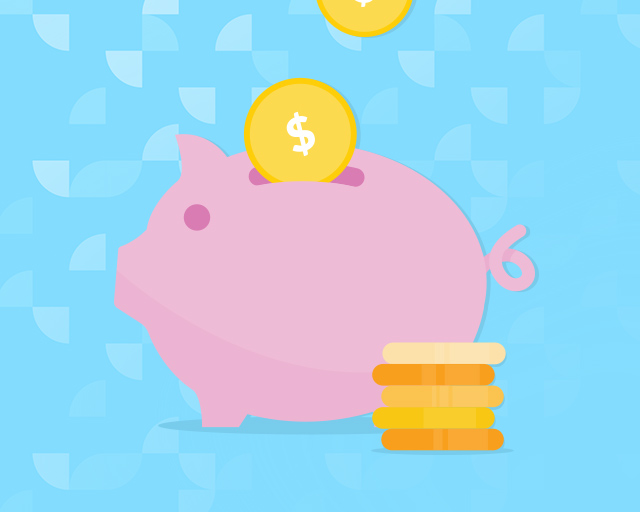

Interest Rate vs. APR
Interest rate and annual percentage rate are two terms used a lot in finance, so it’s helpful to know the difference between the two.
take an interest
Let’s start with interest rate. Interest is charged as a percentage of money that’s borrowed from a lender, and you pay interest on each monthly payment until your loan is paid off.
For example, when you want to buy a car, you likely won’t have the funds to pay for the purchase all at once, so you borrow money and take out a loan, and the lender will likely charge interest on that loan.
Interest rates are set by individual lenders with influence from the Federal Reserve1. Yours may be fixed, meaning it won’t change over time, or floating, meaning it may move higher or lower over time.
Interest rates vary based on several factors that include the type of lender, type of loan and market trends. Your own personal interest rate is based on several factors as well, such as loan amount, reason for the loan and your credit history. The better your credit the lower your monthly payments and cost may be.
So, how is interest calculated? There are several different ways, and it can get complicated, so let’s just talk about the simple interest method2, which is generally used for short-term loans.
Figure out your principal loan amount, interest rate and the number of months or years you’ll be paying the loan off. For this example, we’ll say the loan amount is $10,000, the interest rate is 5% and the number of years is 5. Interest is calculated with this formula: Principal loan amount x interest rate x 5 = Interest.
Example:
$10,000 x .05% x 5 = $2,500 in interest over the life of the loan
Many banks and lenders use more complicated methods than this, so when considering taking out a loan, shop around and do your homework to figure out the best option for you. This is helpful for types of loans, as well as interest rates, as lenders vary. You’ll want the lowest interest rate possible. As we said before, good credit is helpful, but it may be possible to negotiate a lower rate. It never hurts to ask. It also may be possible to avoid interest charges on lines of credit if you’re able to pay off your entire balance in full every month. Read more about that here.
all about APR
Now, on to the annual percentage rate (APR). An APR is a yearly rate charged for a loan or credit account, and a way to figure out the total cost of a loan. Say you want to buy a home, and you take out a loan.
Part of the loan is that interest rate we talked about, but there are several other factors associated with that loan, or mortgage, potentially including closing costs, real estate broker fees, and private mortgage insurance among others. Like interest, the yearly rate paid is partially dependent on credit history, so good credit may mean lower APR.
APR is determined by each individual lender, and all lenders are required to use the same costs to calculate it. For instance, when you take out that mortgage we discussed earlier, one lender may charge more for closing costs on a home than another, so the APR may be higher than the other. Lenders are not required, however, to disclose all fees associated with the APR, so if you’re shopping around for the best rate, make sure you ask what’s included in your APR, so you aren’t surprised when making payments in the future. 3
Lenders are required to disclose the APR before borrowers take out any loans. Before the Truth in Lending Act of 19683, borrowers would have to manually calculate all fees and the APR. Now, there’s more transparency for what a borrower will actually pay over the life of the loan.









